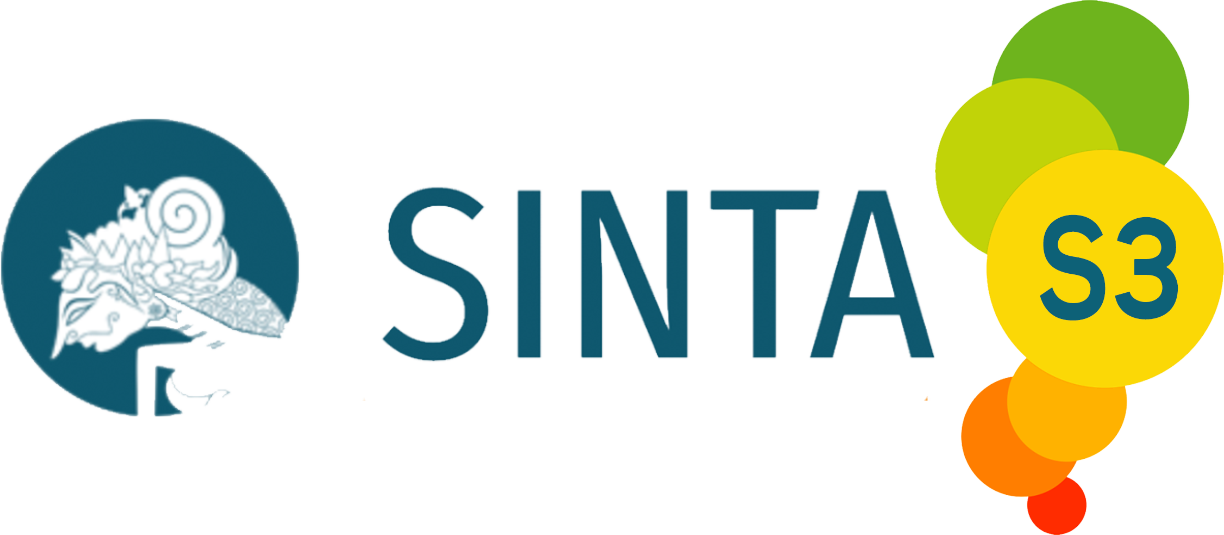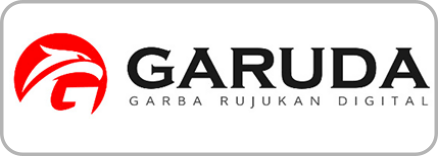Da'wah Strategy in the Contemporary Era of Hadith Perspective
DOI:
https://doi.org/10.12928/taqaddumi.v3i2.8845Keywords:
Strategy, Da'wah, Thematic HadithAbstract
Da'wah strategy is an effort carried out to spread religious teachings with the aim of influencing the understanding, attitudes and behavior of individuals in society. This article discusses several da'wah strategies that are effective in achieving this goal. First, the personal approach strategy involves direct interaction with individuals through communication that is empathetic, persuasive, and respects differences. Second, the strategy of utilizing mass media and information technology utilizes print media, television, radio, and the internet to spread da'wah messages en masse. Third, the education and training strategy involves forming da'wah cadres who have good religious knowledge and effective communication skills. Fourth, the social engagement strategy encourages preachers to engage in social activities that benefit the community, such as economic empowerment, health services or disaster management. Fifth, the contextual approach strategy involves adjusting the da'wah message to the culture, social context, and challenges faced by the target community. In implementing these strategies, preachers can have a positive impact in shaping a better understanding and religious life in society.
References
Abdullah, Muhammad Qadaruddin. PENGANTAR ILMU DAKWAH. Edited by Qiara Media. Pasuruan: CV. Penerbit Qiara Media, 2019.
Afrizal, Lalu Heri. “Rububiyah Dan Uluhiyyah Sebagai Konsep Tauhid.” Tasfiyah 2, no. 01 (2018): 41–74.
Ahmad, Nur. “Tantangan Dakwah Di Era Formulasi Karakteristik , Popularitas , Dan Materi Di Jalan Dakwah.” Jurnal Dakwah dan Teknologi 8, no. 2 (2014): 319–344.
Ajidan. “Strategi Dakwah Pesantren Dalam Mewujudkan Masyarakat Yang Harmonis.” Jurnal Peurawi 1, no. 1 (2017): 1–17. https://jurnal.ar-raniry.ac.id/index.php/peurawi/article/viewFile/1991/1472.
Badarussyamsi, Badarussyamsi, Mohammad Ridwan, and Nur Aiman. “Amar Ma‘Ruf Nahī Munkar: Sebuah Kajian Ontologis.” TAJDID: Jurnal Ilmu Ushuluddin 19, no. 2 (2021): 270–296.
Darmalaksana, Wahyudin. “Studi Flexing Dalam Pandangan Hadis Dengan Metode Tematik Dan Analisis Etika Media Sosial.” Gunung Djati Conference Series 8 (2022): 412–427. https://conferences.uinsgd.ac.id/gdcs.
M. Dahlan, Hanif. “Komunikasi Lemah Lembut Dalam Studi Hadits.” At-Tanzir: Jurnal Ilmiah Prodi Komunikasi Penyiaran Islam (2020): 48.
Pimay, Awaludin, and Fania Mutiara Savitri. “Dinamika Dakwah Islam Di Era Modern.” Jurnal Ilmu Dakwah 41, no. 1 (2021): 43–55.
Sofyan Hadi. “Manajemen Strategi Dakwah Di Era Kontemporer.” Al-hikmah 17 No. 2 (2019): 10. http://alhikmah.iain-jember.ac.id/index.php/alhikmah/article/view/8/8.
Syamsul Bahri, and Besse Hadijah Abbas. “Kedudukan Dakwah Dan Amar Ma’ruf Nahi Munkar.” Al-Ubudiyah: Jurnal Pendidikan dan Studi Islam 1, no. 2 (2020): 17–22.
Yunus, Mahmud. Kamus Arab-Indonesia. Hidakarya Agung, 1990.
Yusuf, Maimun. “Dakwah Dalam Perspektif Klasik Dan Kontemporer.” Jurnal At-Taujih: Bimbingan dan Konseling Islam 5, no. 2 (2022): 56–67.
Zaini, Ahmad. “Peranan Dakwah Dalam Pengembangan Masyarakat Islam.” Community Development 1 (2016): 15–17.
Downloads
Published
Issue
Section
License
Copyright (c) 2023 Sabilar Rosyad, Mus’idul Millah

This work is licensed under a Creative Commons Attribution-ShareAlike 4.0 International License.
License and Copyright Agreement
In submitting the manuscript to the journal, the authors certify that:
- They are authorized by their co-authors to enter into these arrangements.
- The work described has not been formally published before, except in the form of an abstract or as part of a published lecture, review, thesis, or overlay journal. Please also carefully read the Taqaddumi Author Guidelines at http://journal2.uad.ac.id/index.php/taqaddumi/about/submissions#onlineSubmissions
- That it is not under consideration for publication elsewhere,
- That its publication has been approved by all the author(s) and by the responsible authorities – tacitly or explicitly – of the institutes where the work has been carried out.
- They secure the right to reproduce any material that has already been published or copyrighted elsewhere.
- They agree to the following license and copyright agreement.
Copyright
Authors who publish with the Taqaddumi Journal agree to the following terms:
- Authors retain copyright and grant the journal right of first publication with the work simultaneously licensed under a Creative Commons Attribution License (CC BY-SA 4.0) that allows others to share the work with an acknowledgment of the work's authorship and initial publication in this journal.
- Authors are able to enter into separate, additional contractual arrangements for the non-exclusive distribution of the journal's published version of the work (e.g., post it to an institutional repository or publish it in a book), with an acknowledgment of its initial publication in this journal.
- Authors are permitted and encouraged to post their work online (e.g., in institutional repositories or on their website) prior to and during the submission process, as it can lead to productive exchanges, as well as earlier and greater citation of published work.








